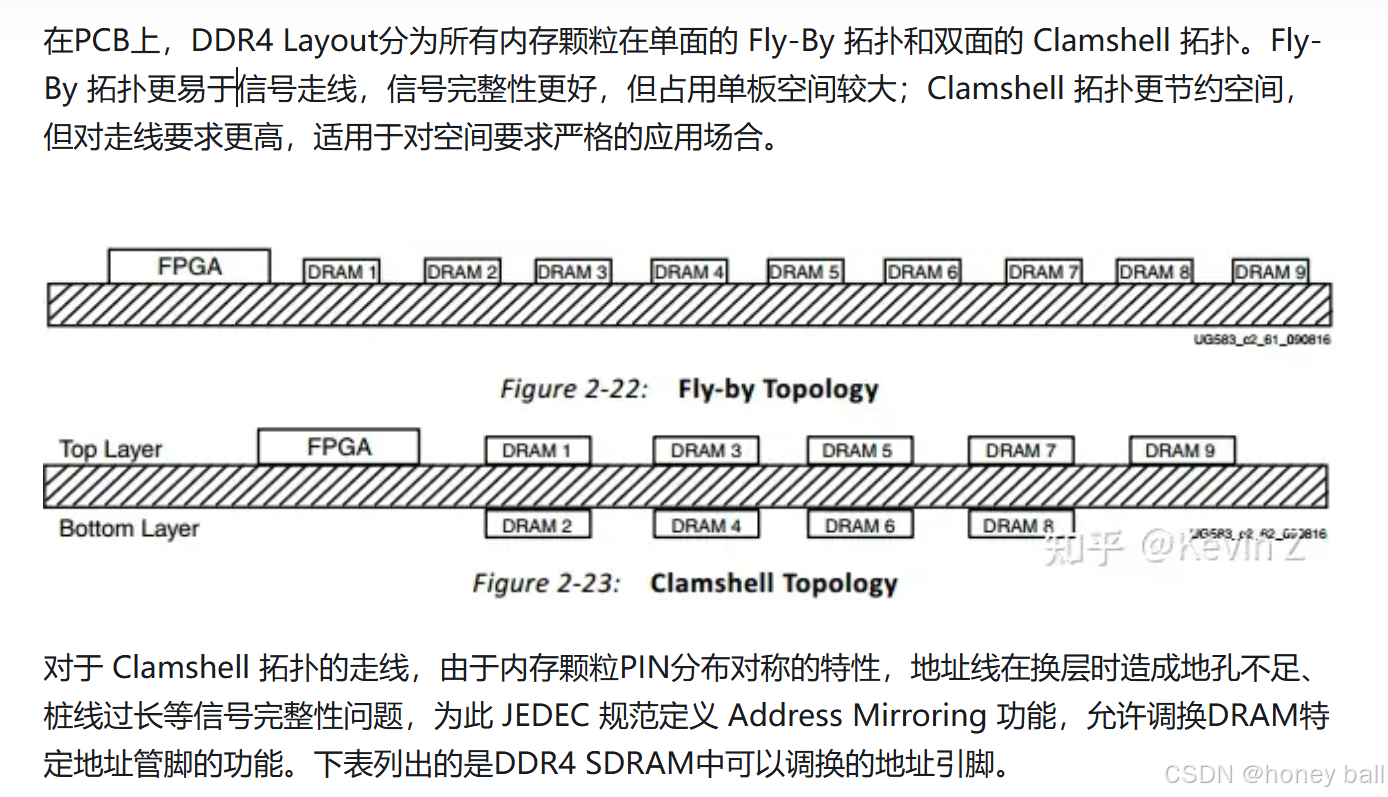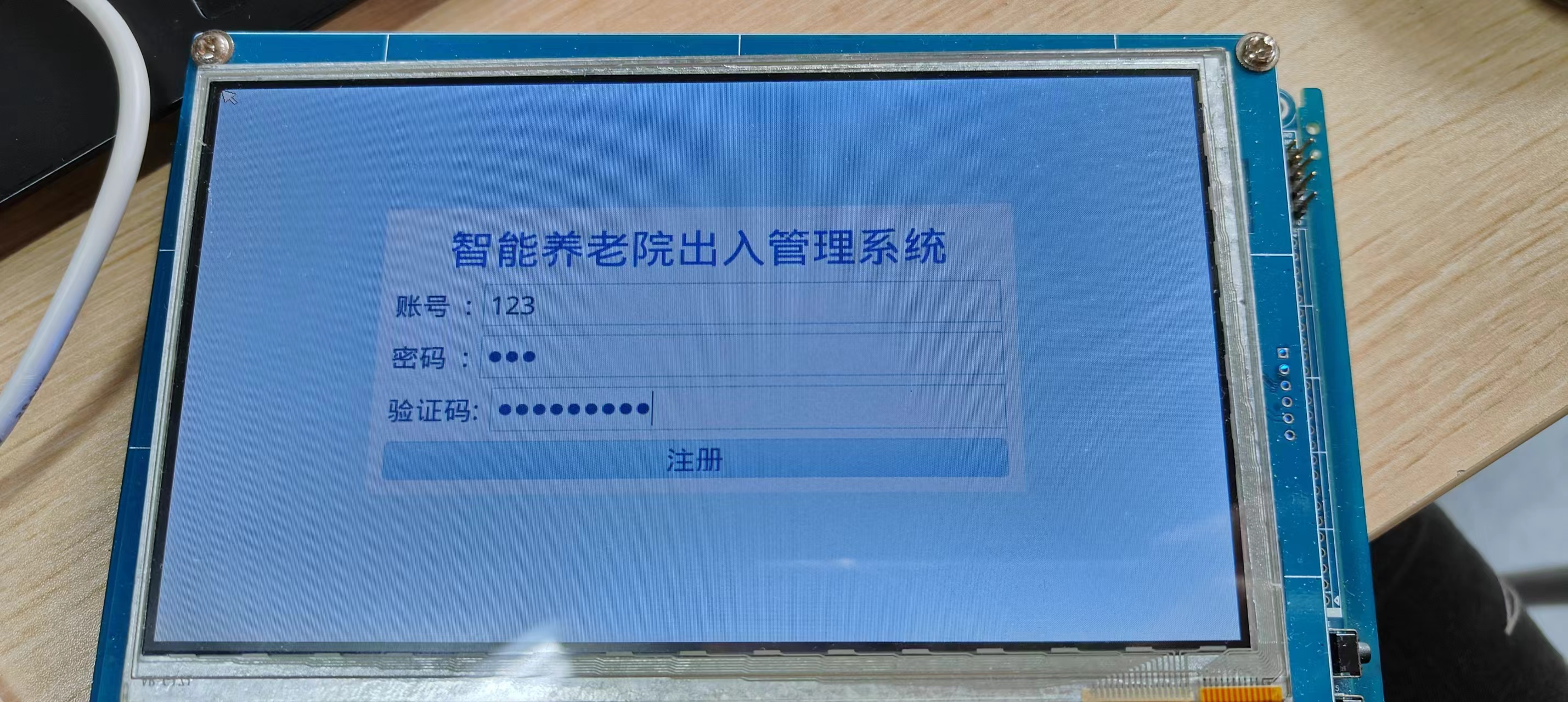准备工作
- 准备数据库表
- 创建 springboot工程,选择引入对应的起步依赖(mybatis、mysql驱动、lombok)
- application.properties中引入数据库连接信息
- 创建对应的实体类 Emp(实体类属性采用驼峰命名)
- 准备Mapper接口 EmpMapper
删除
@Mapper
public interface EmpMapper {/*** 根据id删除数据* @param id 用户id*/@Delete("delete from emp where id = #{id}")//使用#{key}方式获取方法中的参数值public void delete(Integer id);}
如果mapper接口方法形参只有一个普通类型的参数,#{…} 里面的属性名可以随便写,如:#{id}、#{value}。但是建议保持名字一致。
日志输出
可以选择 mybatis 输入日志位置,默认不输出。
#指定mybatis输出日志的位置, 输出控制台
mybatis.configuration.log-impl=org.apache.ibatis.logging.stdout.StdOutImpl

预编译sql
输出的SQL语句:delete from emp where id = ?,我们输入的参数16并没有在后面拼接,id的值是使用?进行占位。那这种SQL语句我们称为预编译SQL。
性能更高:预编译SQL,编译一次之后会将编译后的SQL语句缓存起来,后面再次执行这条语句时,不会再次编译。(只是输入的参数不同)
更安全(防止SQL注入):将敏感字进行转义,保障SQL的安全性。
参数占位符
在Mybatis中提供的参数占位符有两种:${…} 、#{…}
-
#{…}
- 执行SQL时,会将#{…}替换为?,生成预编译SQL,会自动设置参数值
- 使用时机:参数传递,都使用#{…}
-
${…}
- 拼接SQL。直接将参数拼接在SQL语句中,存在SQL注入问题
- 使用时机:如果对表名、列表进行动态设置时使用
注意事项:在项目开发中,建议使用#{…},生成预编译SQL,防止SQL注入安全。
新增
@Mapper
public interface EmpMapper {@Insert("insert into emp(username, name, gender, image, job, entrydate, dept_id, create_time, update_time) values (#{username}, #{name}, #{gender}, #{image}, #{job}, #{entrydate}, #{deptId}, #{createTime}, #{updateTime})")public void insert(Emp emp);}
说明:#{…} 里面写的名称是对象的属性名
主键返回
默认情况下是不返回的主键的,可以使用 @Options 实现:
@Mapper
public interface EmpMapper {//会自动将生成的主键值,赋值给emp对象的id属性@Options(useGeneratedKeys = true,keyProperty = "id")@Insert("insert into emp(username, name, gender, image, job, entrydate, dept_id, create_time, update_time) values (#{username}, #{name}, #{gender}, #{image}, #{job}, #{entrydate}, #{deptId}, #{createTime}, #{updateTime})")public void insert(Emp emp);}
更新
@Mapper
public interface EmpMapper {/*** 根据id修改员工信息* @param emp*/@Update("update emp set username=#{username}, name=#{name}, gender=#{gender}, image=#{image}, job=#{job}, entrydate=#{entrydate}, dept_id=#{deptId}, update_time=#{updateTime} where id=#{id}")public void update(Emp emp);}
查询
@Mapper
public interface EmpMapper {@Select("select id, username, password, name, gender, image, job, entrydate, dept_id, create_time, update_time from emp where id=#{id}")public Emp getById(Integer id);
}
而在测试的过程中,我们会发现有几个字段(deptId、createTime、updateTime)是没有数据值的
原因如下:
- 实体类属性名和数据库表查询返回的字段名一致,mybatis会自动封装。
- 如果实体类属性名和数据库表查询返回的字段名不一致,不能自动封装。
解决方案:
- 起别名
- 结果映射
- 开启驼峰命名
数据封装
起别名:在SQL语句中,对不一样的列名起别名,别名和实体类属性名一样
@Select("select id, username, password, name, gender, image, job, entrydate, " +"dept_id AS deptId, create_time AS createTime, update_time AS updateTime " +"from emp " +"where id=#{id}")
public Emp getById(Integer id);
手动结果映射:通过 @Results及@Result 进行手动结果映射
@Results({@Result(column = "dept_id", property = "deptId"),@Result(column = "create_time", property = "createTime"),@Result(column = "update_time", property = "updateTime")})
@Select("select id, username, password, name, gender, image, job, entrydate, dept_id, create_time, update_time from emp where id=#{id}")
public Emp getById(Integer id);
开启驼峰命名(推荐):如果字段名与属性名符合驼峰命名规则,mybatis会自动通过驼峰命名规则映射
驼峰命名规则: abc_xyz => abcXyz
- 表中字段名:abc_xyz
- 类中属性名:abcXyz
# 在application.properties中添加:
mybatis.configuration.map-underscore-to-camel-case=true
要使用驼峰命名前提是 实体类的属性 与 数据库表中的字段名严格遵守驼峰命名。
条件查询
方式一
@Mapper
public interface EmpMapper {@Select("select * from emp " +"where name like '%${name}%' " +"and gender = #{gender} " +"and entrydate between #{begin} and #{end} " +"order by update_time desc")public List<Emp> list(String name, Short gender, LocalDate begin, LocalDate end);
}
- 方法中的形参名和SQL语句中的参数占位符名保持一致
- 模糊查询使用${…}进行字符串拼接,这种方式,由于是字符串拼接,并不是预编译的形式,所以效率不高、且存在sql注入风险。
方式二(解决SQL注入风险)
- 使用MySQL提供的字符串拼接函数:concat(‘%’ , ‘关键字’ , ‘%’)
@Mapper
public interface EmpMapper {@Select("select * from emp " +"where name like concat('%',#{name},'%') " +"and gender = #{gender} " +"and entrydate between #{begin} and #{end} " +"order by update_time desc")public List<Emp> list(String name, Short gender, LocalDate begin, LocalDate end);}

















